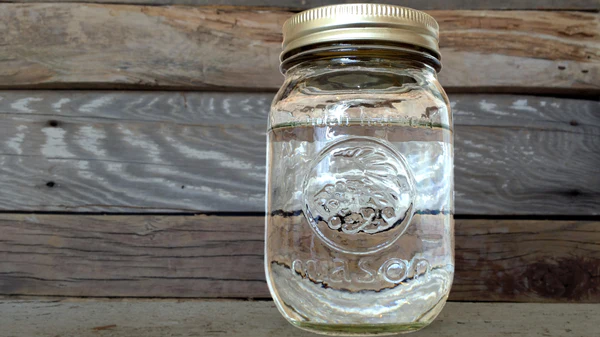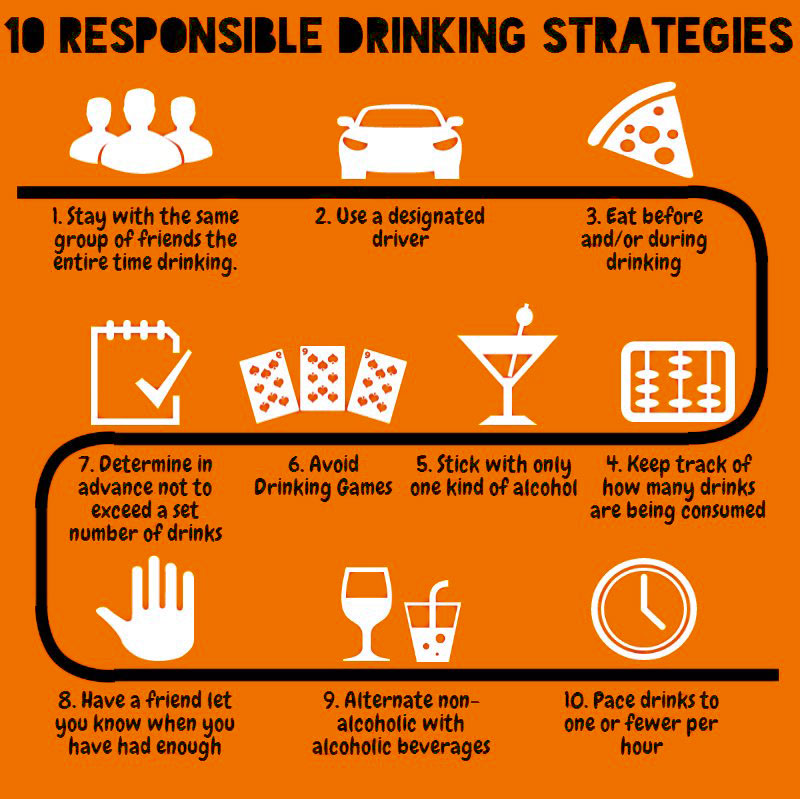Moonshine, a high-proof distilled spirit often associated with illicit production and strong reputation, raises questions about its potential to induce intoxication. This essay delves into the effects of consuming moonshine, examining its potency, factors influencing intoxication, and the risks associated with its consumption.
Moonshine, traditionally made in homemade stills, but now produced legally from licensed stills, often boasts a significantly higher alcohol content compared to commercially produced spirits. While the exact potency can vary, moonshine typically ranges from 40% to 190% alcohol by volume (ABV). The higher ABV in moonshine is primarily due to its often unregulated production methods and lack of dilution.

The elevated alcohol content of moonshine renders it more potent than many standard alcoholic beverages available commercially. Consuming moonshine in significant quantities can lead to a rapid and intense onset of intoxication.
The effects of moonshine consumption, including the level of intoxication, depend on various factors. These factors include the individual’s body weight, metabolism, tolerance to alcohol, and the quantity and rate of moonshine consumed. The speed at which moonshine is consumed can significantly impact the rate of alcohol absorption and intoxication.
Additionally, moonshine’s high alcohol content may result in individuals unknowingly consuming larger amounts of alcohol than they would with lower-proof beverages. This can lead to quicker and more pronounced intoxication, increasing the risk of adverse effects.

Consuming moonshine carries potential risks due to its high alcohol content. Excessive consumption of moonshine can lead to acute alcohol poisoning, characterized by symptoms such as impaired judgment, loss of coordination, nausea, vomiting, respiratory depression, and even a risk of coma or death in severe cases.
To mitigate these risks, it is crucial to exercise caution and responsible drinking practices. Moderation is key when consuming moonshine or any alcoholic beverage. It is recommended to pace the consumption, drink water in between alcoholic beverages, and never drive under the influence of alcohol.
Furthermore, purchasing moonshine from reputable and legal sources can ensure a safer product, as regulated production methods adhere to quality control standards and dilution practices that minimize health risks.
Moonshine, with its elevated alcohol content, can induce rapid and potent intoxication. Its effects depend on factors such as alcohol concentration, consumption rate, and individual tolerance. As with any alcoholic beverage, responsible consumption is crucial to minimize the risks associated with moonshine and prioritize personal safety.




